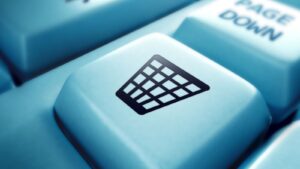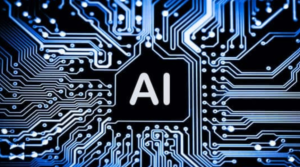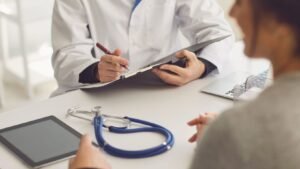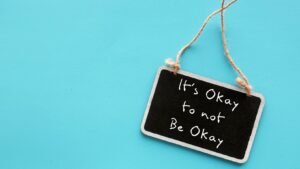Ever wondered how labs test for allergies, infections, or even food contaminants? Meet the unsung hero behind these answers: ELISA readers. These unassuming machines might not make headlines, but they’re the backbone of countless health and safety breakthroughs. Let’s uncover how they shape your world without you even noticing.
What Exactly Is an ELISA Reader?
Imagine a device that scans 96 tiny wells at once, hunting for invisible clues like antibodies or toxins. That’s an ELISA reader in action. It measures light changes in reactions, turning biochemical whispers into clear data . Whether it’s spotting a virus in blood or gluten in your granola bar, these readers turn complex biology into simple yes/no results.
Speeding Up the Fight Against Infections
When someone feels lousy with a mysterious fever, ELISA readers help doctors pinpoint culprits fast. By detecting specific antibodies in blood samples, they identify infections like Lyme disease or COVID-19 in minutes .

Labs process hundreds of tests daily, slashing wait times for patients. Without them, diagnosing tricky illnesses would feel like searching for a needle in a haystack.
Your Allergy Test Secret Weapon
Got a food allergy? ELISA readers likely played a role in your diagnosis. Labs use them to measure immune responses to allergens like peanuts or shellfish. Here’s how: a blood sample gets mixed with potential triggers, and the reader spots if your body flags them as threats. This precision helps allergists create personalized plans—so you can dodge flare-ups with confidence.
Keeping Your Food Safe (No Magic Required)
Those “gluten-free” labels? ELISA readers verify them. Food companies test products for allergens or toxins by mixing samples with antibodies that bind to specific proteins. The reader then detects color changes signaling contamination. This tech also screens for antibiotics in milk or pesticides in veggies, acting as a silent guardian of your grocery cart.
Why Labs Can’t Live Without Them
ELISA readers are like lab superheroes—efficient, precise, and adaptable. They scan entire plates in seconds, cutting hours from manual checks. Modern models even auto-calculate results, reducing human error.

Berthold Technologies, among others, designs systems with intuitive software that simplifies data analysis, letting scientists focus on solving problems instead of fiddling with gadgets.
A Surprising Role in Agriculture
Farmers aren’t just dirt experts—they’re biotech users too. ELISA readers test crops for viral infections, ensuring healthy harvests. For example, wine growers check vines for grapevine viruses, saving entire vineyards from collapse. Livestock health gets a boost too, as vets screen animals for diseases like foot-and-mouth. Healthy plants and cows? That’s the ELISA effect.
Final Thoughts: The Invisible Shield in Science
ELISA readers don’t demand attention, but they’re everywhere—diagnosing diseases, safeguarding food, and even protecting ecosystems. Next time you sip clean water, breeze through an allergy test, or munch a snack labeled “allergen-free,” remember: an ELISA reader probably had a hand in it.


























































